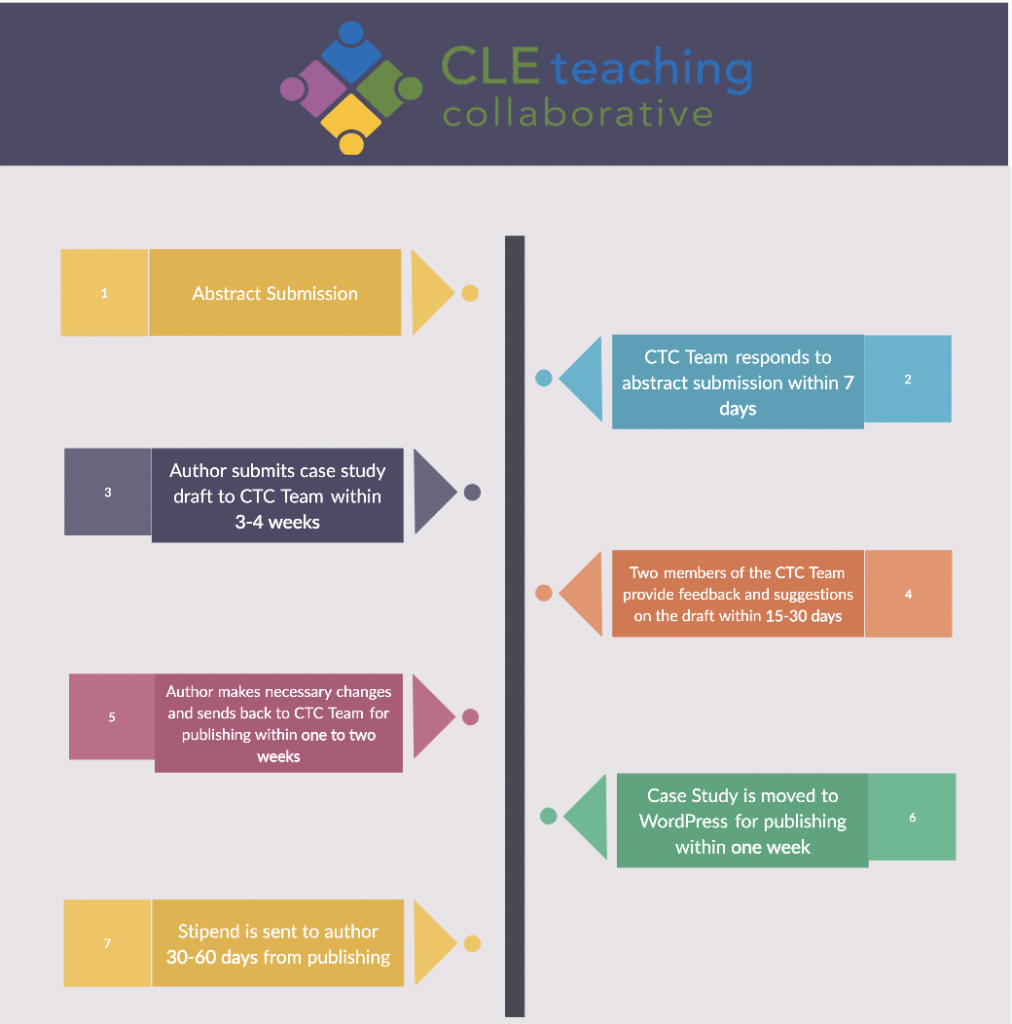Cleveland Teaching Collaborative: Author Guide
Each case study will be a reflection on your remote teaching and learning experiences, digital tool choices, data (formal or informal) and conclusions/recommendations for future practice. Fellow educators are our intended audience. We encourage you to emphasize the different aspects of your remote teaching and learning experience and your pedagogical approaches that would be useful to other educators.
Case studies will be published in digital format (1000-1500 words) on the Cleveland Teaching Collaborative website (cleteaching.org). They comprise a sustained conversation about pedagogy between university and PK-12 educators. Although most case studies take the form of digital essays, they can and should include links, videos, and/or images that support the essay.
Examples of past case study formats include formal academic case study, digital diary, podcast, and an instructional support digital showcase. Feel free to get creative in sharing your experience! You can see all previous CTC case studies at https://cleteaching.org/category/case-studies/.
Tips for Digital Essay Writing:
- Write in accessible language intended for a broad audience of readers.
- Use subtitles in any essay (especially over 500 words) to help guide digital readers
- Tone can be less formal than a traditional academic journal.
- Cite any sources using parentheses and a works cited list. Remember that in a digital essay you can link out to materials as well.
- Make sure you have permission to use any images or media, this includes permission forms from students if you use images or cite their work.
Final Submission
Be sure to include the following header with your essay- it is not included in your word count.
Course(s):
Department:
Institution:
Instructor(s):
Syllabus (submitted as PDF):
Number & Level of Students Enrolled:
Digital Tools/Technologies Used:
Author Bio (50-100 words):
Style & Formatting
Captions
Captions are strongly recommended. Keep captions concise.
Image source information must be included when available. Use the format: (Creator/Source | Copyright when available). For example: (James Cridland/Flickr | CC BY)
Alt-Attribute Text
All images must include alt-attribute text. Please reference this guide by Heather Caprette, “Alternative Text for Images,” Best Practices in Accessible Online Design.
References
Use numbered endnotes to cite print sources like books and articles. Authors may choose Chicago Style, APA, or MLA as long as citations are consistent within the essay.
Use links instead of footnotes for born-digital content such as academic blogs, digital repositories, technology tools.

Contact
Please email your essay as a Word or Google Doc file to Shelley Rose (shelley.rose@csuohio.edu) and Molly Buckley-Marudas (m.buckley67@csuohio.edu).
Created June 10, 2020 | Updated April 22, 2021
